Home>Christian Resources>The World’s Largest Christian Protestant Denominations
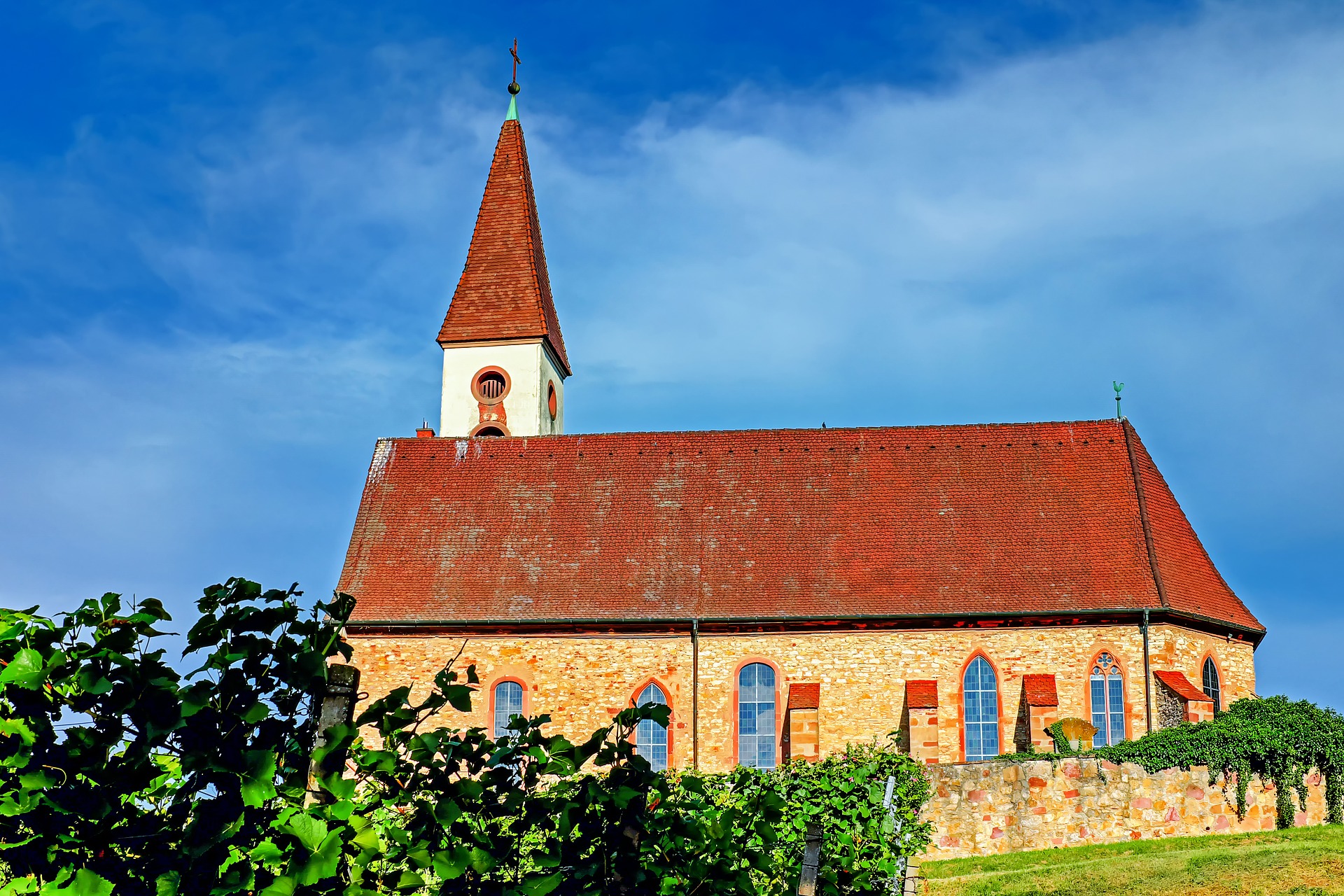

Christian Resources
The World’s Largest Christian Protestant Denominations
Modified: January 9, 2024
Ericka Andersen, an editor at Christian.net, expertly merges digital strategy with content creation, focusing on faith and societal issues. Her communication skills enhance the platform's engaging narratives, fostering meaningful dialogue on belief's impact on society.
Discover the rich historical, spiritual, and devotional journeys of the 20 largest Protestant denominations from all around the globe:
(Many of the links in this article redirect to a specific reviewed product. Your purchase of these products through affiliate links helps to generate commission for Christian.net, at no extra cost. Learn more)
With Christianity being one of the biggest and fastest-growing religions in the world, we can explore the second-largest denomination or wing it encompasses – Protestantism. It stands with Roman Catholicism and Eastern Orthodoxy as the main branches of Christianity. This denomination has a total of approximately one billion followers (37% of all Christians). Protestantism began as a religious movement in Northern Europe in response to the Roman Catholic doctrines surrounding the allowance of divorce in a marriage. Throughout the years, as Christians traveled and Christianity spread, Protestant denominations brought their influence in the religious, social, and political aspects of many areas around the world.
After decades of religious wars, the doctrines and practices of Christianity have spread to different continents. The Protestant denomination of Christianity offers differences in beliefs to the other two branches, Roaman and Orthodox Catholics. The major difference it caters usually revolves around the administrative structure. Still, The Holy Bible remains the ultimate source of authority. With this, here are the world’s different Protestant Denominations all around the world.
Major Protestant Denominations
The Protestant Church marked its separation from the Catholic Church during the 16th Century. However, it did not stop there. For years, different national and local churches continued to grow. Some of these branches chose to separate and flourish individually while still maintaining the Protestant nature of faith. On the other hand, other denominations separated due to internal conflicts. Either way, here are the major Protestant denominations.
Read more: What Is The Largest Basilica In The World
Anglicanism
Anglicanism takes up 110 million Protestants in the world. Thus, making it the third-largest Protestant denomination. The majority of the Christians here are from the Anglican Communion which is also the third-largest communion in the world. “Anglicans” or “Episcopalians” are what the followers of Anglicanism is called.
In 1534, King Henry VIII decided to separate from the Catholic Church due to Pope Clement VII disallowing his request in annulling his marriage. He had wanted to annul his marriage because he wanted political alliances and a healthy male heir. After his break with the Catholic Church, the spread of Anglicanism began. Of course, though there is a split between churches, the Bible is still the main source of finding faith in Christ and what Christians revert to in order to strengthen their faith. But, they do have the “Book of Common Prayer” other denominations do not. Here describes the Anglican Communion as a liturgical tradition instead of following a magisterium type of system.
Some express the Anglican denomination as “Catholic and Reformed”. This is an interesting factor as it shows the first split and differences between Catholics and Protestants. After the 16th Century, similarities of church structures and worship between the Church of England and the Church of Ireland can be seen. Thus, these parts of the denomination’s nature are mentioned. Still, Anglicanism remains officially a denomination under Protestantism.
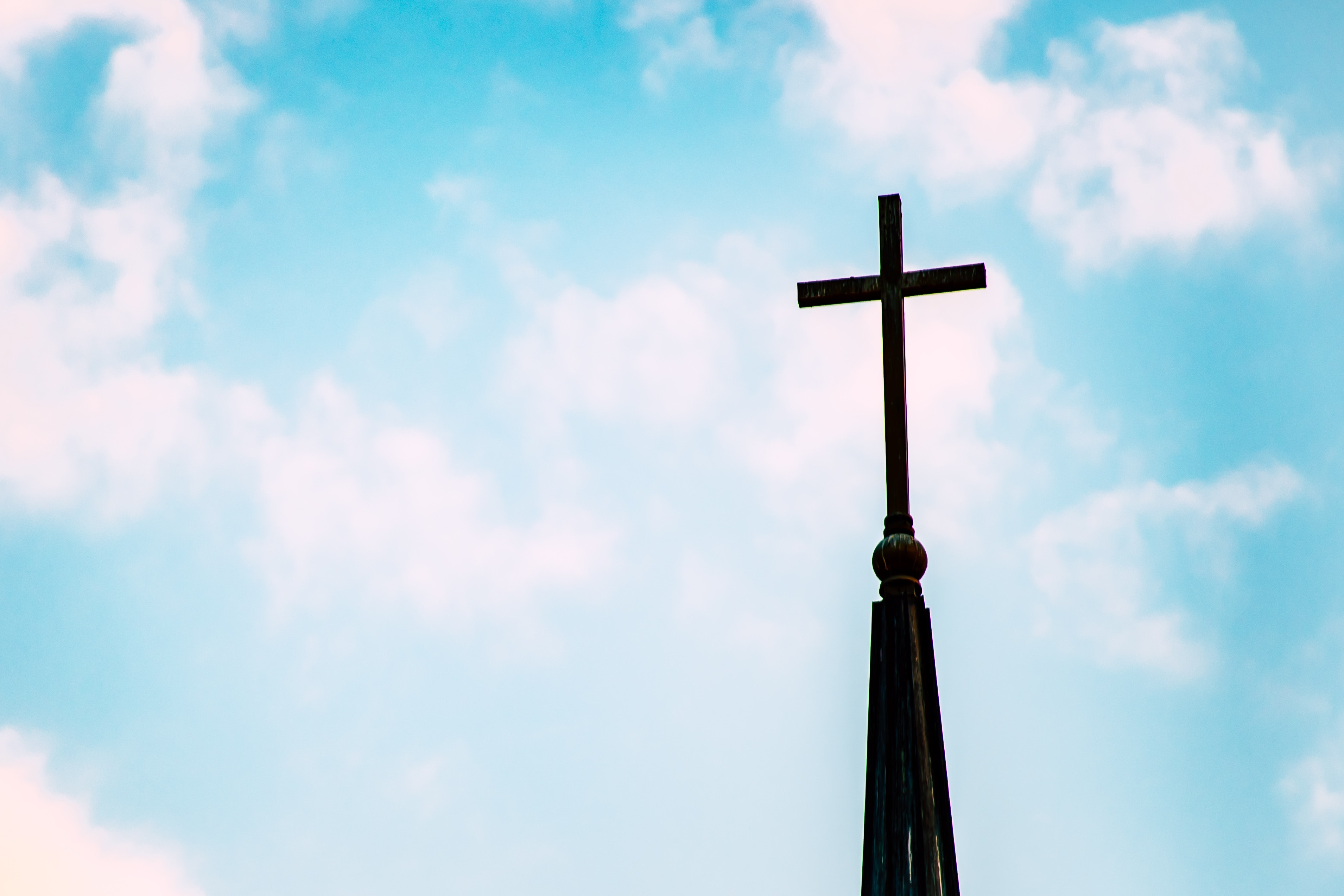
Methodists
Methodism is under the classification of a revival movement from the eighteenth-century Church of England. John Wesley is the main figure of this movement. But, the Methodist Church became a separate movement after his death. Traditionally, the Methodist Church is non-conformist. They do not follow or “conform” to the doctrines and power of the Church of England. So, what makes the Methodist Church “Methodist”?
Connecting this question to John Wesley, Methodism was initially set to challenge the traditional assumptions circulating religion. First, they were known as “The Holy Club” because of how they expressed their faith as Christians. Wesley and the first Methodists explored the path of Biblical understanding through a “methodical” manner. Thus, the name “Methodism”.
Evangelical
With an estimated population of 619 million Evangelicals in the world, this Protestant denomination shares a big portion of Christianity in general. And in world statistics, the United States holds the largest portion of Evangelicals. This Protestant denomination is not just a singular movement initiated by one sector. In fact, it is a result of many movements like the Pietist Movement in Europe, the Methodist revival in Britain, and the Great Awakening in North America. All of these religious efforts that occurred in the eighteenth century are categorized under the Evangelical Revival.
Also, as time passed, an Evangelical party was also developed within the Church of England. Events like these paved the way for the London Evangelical Alliance of 1846. The core of this denomination roots from its word “evangelical” (“Evangelium” in Latin) which means “good news” or “gospel”.
The main Evangelical belief of salvation is, that you can only be saved through faith and believe in Jesus Christ and the sacrifice He made for us. They give more emphasis to the essence of “born again” through Jesus. And of course, spreading the “Evangelium” or the good news is a key mission.
Lutheran
Like the other Protestant denominations, Lutheranism is not a singular body. Instead, it comprises several Churches consisting of at least 150 Lutheran church bodies under the Lutheran World Federation. This established federation includes national churches like the Church of Sweden, Germany, the Association of Confessional Lutheran Churches (ACLC), and many more. Currently, Lutherans amass about 70 million members in the world, making it one of the major branches of Protestantism.
Basically, their core principles are based on Martin Luther‘s teachings. He is a notable and influential friar, author, and professor of theology. Although other entities of Lutheranism vary from the area, Lutherans promotes Martin Luther’s teachings. Under this, the Bible is seen as the only legitimate source of authority and power. The concept stating that “by grace alone through faith alone based on Scripture alone” stands as the main message behind his Protestant Reformation from the Catholic Church.
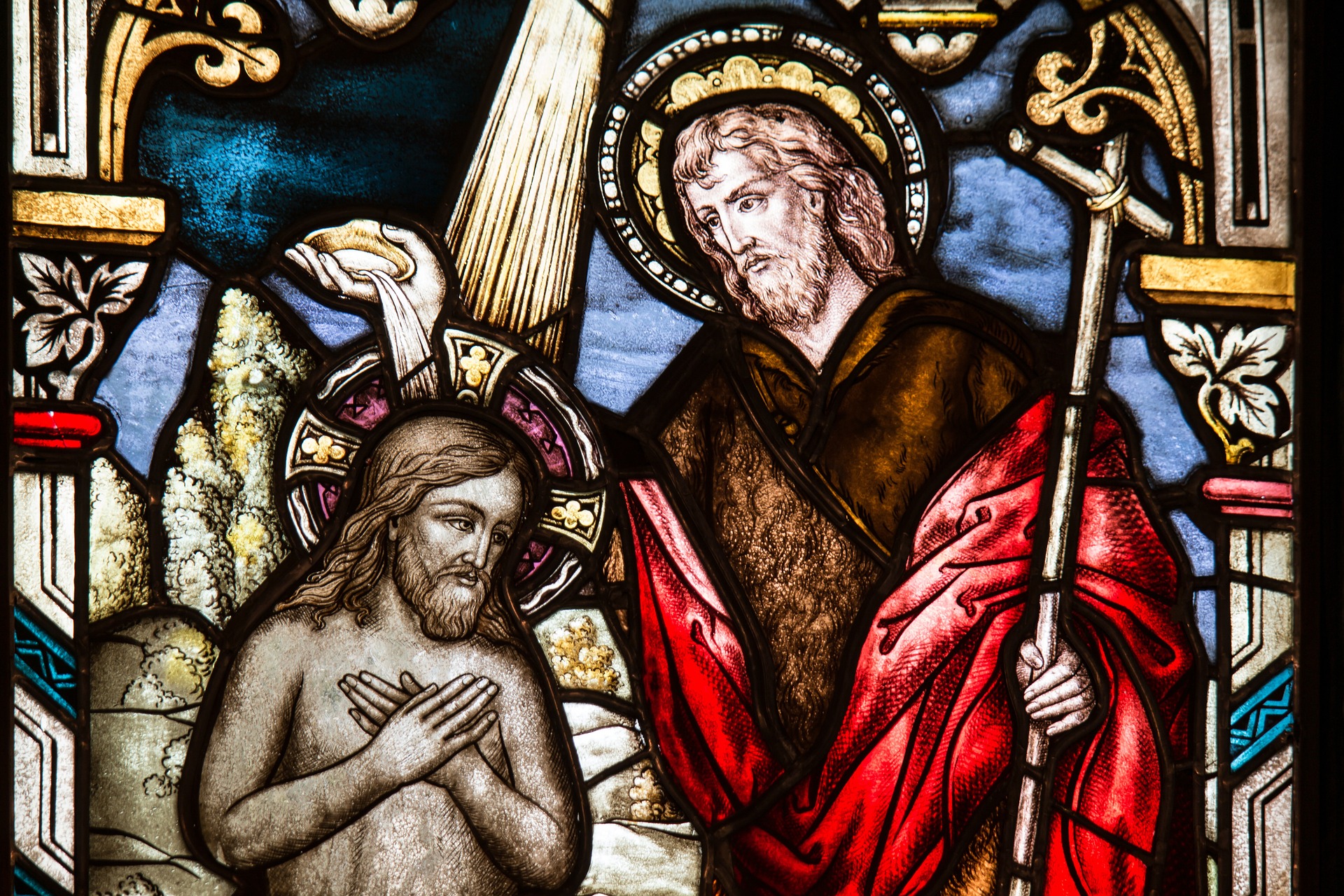
Read more: What Is The Largest Cathedral In The World
Baptist
Most Protestant denominations have a clear origin and human creed. However, Baptists do not. In other areas, they believe this originates from the Anabaptists from the 16th century. Meanwhile, others also believe that they are inheritors of John the Baptist and the Apostles of Christ. Most Baptist branches support the idea of having no founder or leader.
The concept of being baptized is the main factor of this denomination. They believe that sprinkling or pouring water (infusion) is not the way to receive baptism. Rather, genuine baptism should be through “immersion baptism”. This method comprises affusion (pouring) and aspersion (sprinkling). Once a believer succeeds in doing so, he or she succeeds in receiving Christ as their Savior.
Calvinism
This is also one of the largest Protestant denominations with about 80 million members in the world. From the name itself, Calvinism bases its grounds on the teachings of John Calvin. He is a Protestant reformer and the author of the impactful “Institutes of the Christian Religion”.
In this publication, he agrees with Martin Luther’s perspective on the Bible being the only source of authority. But, his revision focuses more on the Body of Christ as a universal spirit and a combined communion with the Lord. His Biblical interpretation stating that God saves because it is His doing and not because of someone’s good deeds; also known to be important for Calvinists. They reject symbols of other religious figures except for the crucifix that represents Jesus and the way He died for the sins of mankind.
Pentecostal
The 1906 Azusa Street revival is said to be the birth of modern Pentecostalism. Currently, Pentecostals take up 280 million of the population. This Church is also one of the fastest-growing Protestant denominations in the world. From the name itself, Pentecostalism is from the Book of Acts. Specifically, during the Pentecost or the receiving of the Holy Spirit‘s gifts.
The active Holy Spirit and the presence of God inside a believer is the core of their teachings. Pentecostalism is an enthusiastic Church body that sees faith as an experiential act and not a theoretical one. However, these denominations come in different “waves” varying from generation to generation. Nevertheless, their emphasis on the Holy Spirit’s gifts remains constant.
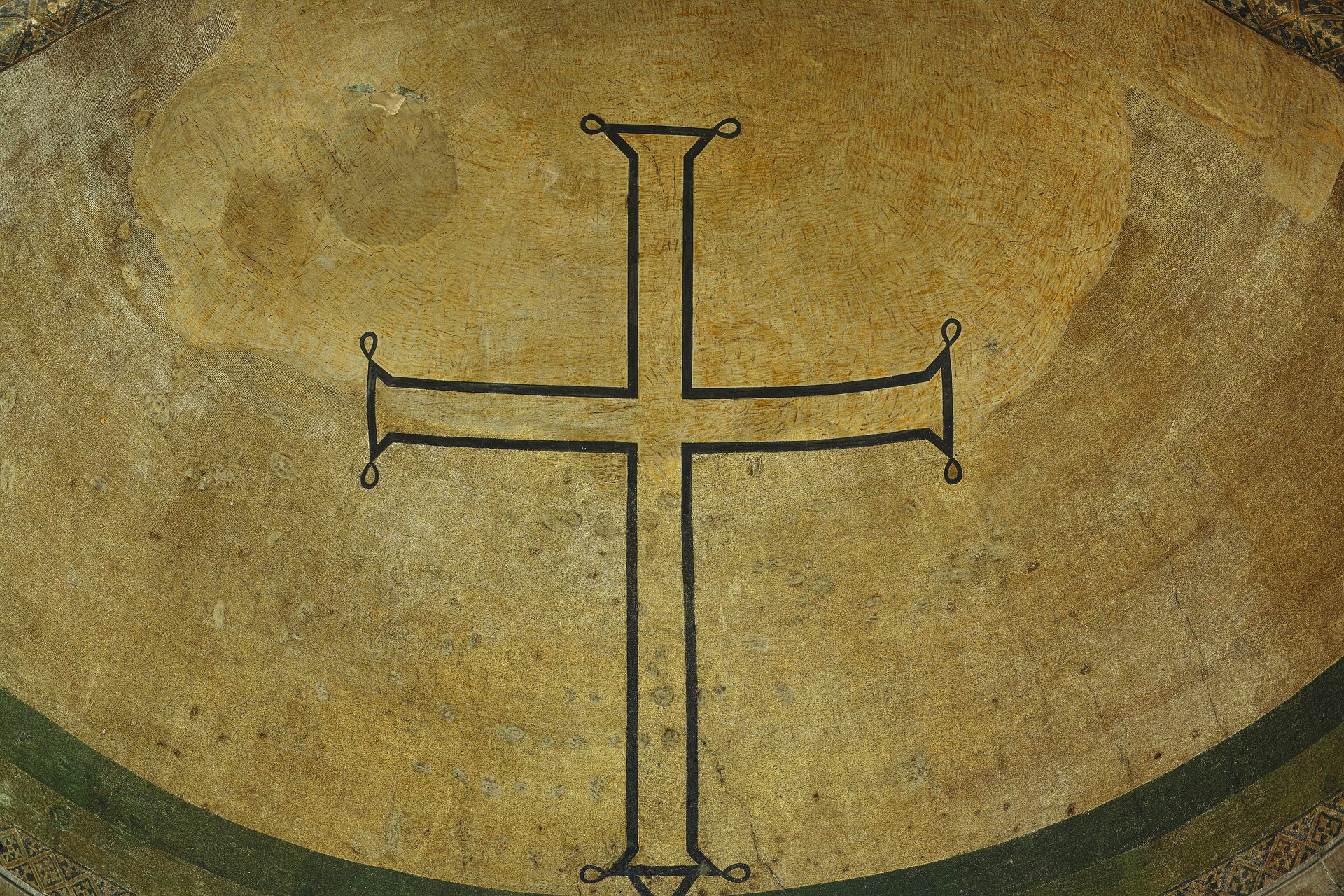
Adventist
This denomination emerged from the Millerite movement in the United States. It gained its title of being formally established in 1863 but the origin of the movement was during the mid-19th century. Adventists follow a Trinitarian faith or one that believes in the three persons of the Lord.
Generally, their doctrines observe 28 beliefs with six categories. These are the doctrines of God, the concept of man, salvation, the Church, the Christian day, and the last day. Unlike other Christian denominations, Saturday is their day of Sabbath and not Sunday. They also avoid the consumption of meat and other stimulants that jeopardize one’s physical and spiritual health.
Presbyterian
Presbyterians are the earliest Reformed immigrants of the Protestant denomination. From its name, this church body adheres to a Presbyterian system. Meaning, they have representative assemblies of elders as leaders. However, another meaning we can get from their name can apply to churches whose roots are from the Church of Scotland.
As for their beliefs, they also hold Scripture as the ultimate authority. Presbyterians observe a confessional tradition. Under this, they proclaim or reaffirm their faith using confessions. This includes faithful statements like the Apostles’ Creed and the Nicene Creed. Ever since the First Great Awakening, Presbyterians have split into different church bodies through different revivals.
Other Protestant Denominations
The Protestant Church is a growing church. Over the years, many church groups combine, exclude, and expand different theologies and core beliefs. Geographical and cultural factors can also be blocks that promote the expansion of other Protestant denominations. In saying this, here are different denominations resulting to or from the major Protestant denominations.
Assembly of God (AG)
Founded in 1914, the Assembly of God is the world’s largest Pentecostal denomination. The church body stems from a convention in Hot Springs, Arkansas with the participation of 300 people. Now, they nearly have 13,000 churches in the United States with over 3 million members. Internationally, the Assemblies of God gather more than 69 million members! The AG contains over 144 autonomous self-governing bodies of churches that all account in the largest Pentecostal denomination.
Believers under this denomination emphasize their systemized doctrines. Under this, they have the “Four Core Beliefs”. This includes the Salvation, Baptism in the Holy Spirit, Divine Healing, and the Second Coming of Christ. Two years after being founded, the AG established 16 doctrines that serve as a guide and the standard to reaching more people towards God.

Southern Baptist Convention
With 16.2 million members as of 2013, the SBC is the largest Protestant church body in the United States. Their long history of facing numerous social issues and separations results in its big population today. Actually, Southern Baptists has already been around as early as 1845!
This branch is a result of when the Baptists who reside in the Southern part of the US split from the Northern Baptists. This then explains the name the church carries. The reason for this is how both parties share a different opinion on the issue of slavery.
Unlike the Roman Catholic Church, the SBC does not share a centralized nature. Instead, it comprises different fellowships of congregations mainly from the United States. As for their beliefs, they proclaim the Bible is free from error and that salvation can only be grasped through the acceptance of Christ.
Read more: The World’s Top 20 Christian Christmas Songs
The Wesleyan Church
John Wesley is a notable Oxford scholar and priest known for opening the gates of the Wesleyan Church. He identifies himself as a “man of one Book” or the Bible. This church body is a result of merging the Wesleyan Methodist Church and the Pilgrim Holiness Church. Among the Protestant denominations, this is a more recent body with the year 1968 as its founding year.
Now, the core of the Wesleyan Church lies in its commitment to living an active, holy life with great knowledge of God’s Word. The Wesleyans have a great reputation for actively participating in social events against injustice. In fact, they own many passionate and good record of successful programs opposing slavery, child labor, and supporting women’s rights.
United Methodist Church
Another example of different bodies can merge after years of expansion in the United Methodist Church. This body is created back in the 1960s. But, its roots go back to prominent figures like John Wesley, Philip Otterbein, and Martin Boehm. These names are known for spreading the Methodist movement in different areas. But as time progress, the two became one, creating the UMC.
Clearly, this denomination is under Methodism (and plays a big role in terms of the population!). But, its main predecessor is the Methodist Episcopal Church. Their doctrine includes the acceptance of the Apostles’ Creed and the Nicene Creed as declarations of faith. Like most church bodies, they also believe in the Triune God and proclaim Jesus as the only way through salvation.
For extra information, the United Methodist Church is the one responsible for the big number of followers in Korea. This is an interesting piece of information with 56.1% of the Koreans being irreligious. Their history goes back to the immigration of the Korean methodists to Hawaii then to mainland America. Today, the Korean Methodist Church parades its 1.5 million members!
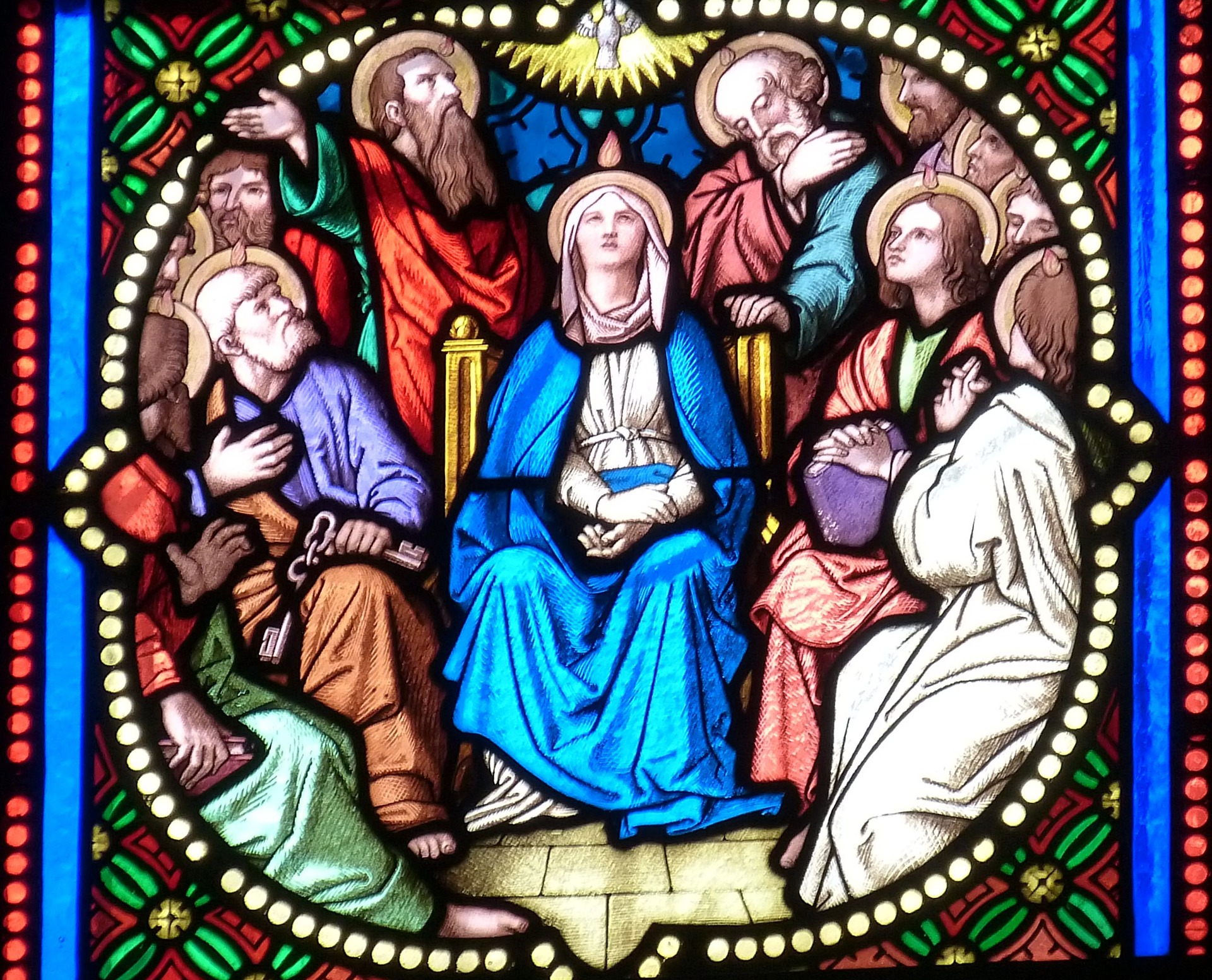
Church of God in Christ (COGIC)
Holding 5.5 million members, the Church of God in Christ is based in the United States. It is a Pentecostal–Holiness Christian denomination. For background, the Holiness movement follows a Wesleyan-Arminian theology. Combining this, the COGIC is the largest Pentecostal denomination in the United States. While it is an international body that accepts any ethnicity, it has a predominant African-American share of members.
The church has a congregation in over 112 countries in the world. Moreover, their mission is “to seek and save that which is lost”. Their core beliefs also place the Bible as the only authority. They are firm in adhering to the principle that no doctrine, teaching, or ideology is true if it is not in the Word of God.
National Baptist Convention
The National Baptist Convention or NBC is a Baptist Christian denomination. The record shows that their current population gathers 5 million members. The church body traces back to November 22, 1880. This event was the Baptist Foreign Mission Convention when 11 states with 151 members gathered in Montgomery, Alabama. From here, NBC continues to grow in spirit under the Word of God.
Furthermore, they also hold Scripture as the only authoritative source of power and lawfulness. They believe in the equal Triune God with the Father, Son, and the Holy Ghost. Also, they proclaim the True and Infinite God worthy of praise carrying the Name of Jehovah.
Read more: Christian Parties Around the World
African Methodist Episcopal Church
The African Methodist Episcopal Church or the AMEC is a predominantly African-American Methodist denomination. Today, the AMEC currently has 2.5 million members and 7,000 congregations. This denomination is a result of the efforts of the Free African Society (FAS) in 1787. At the time, the African American believers were facing extreme racial discrimination for expressing their faith. Hence, multiple events were carried out against discrimination making the AMEC what it is today.
The AMEC has a reputation for enthusiasm in fulfilling its objectives. This includes spreading the concept and responsibility of Christian discipleship and leadership. They also communicate the history of the AME Church to the world, while spreading God’s Words and its application to today’s society.
National Missionary Baptist Convention of America
The NMBCA or the National Missionary Baptist Convention of America is a church body founded in 1988. To clarify, the NMBCA separates itself from the National Baptist Convention of America International, Inc. However, the first meeting that created this body was attended by some of the members and leaders of the National Baptist Convention of America International, Inc. The NMBCA also shares its subsidiary, the Institutional Missionary Baptist Conference of America.
The body describes itself as an agency for spiritual empowerment. Thus, the members follow and achieve this through missions and evangelism, Christian education, Biblical doctrine, and growth. The messengers of the NMBCA also mediate in societal and economic development while spreading the Word of God.
The Lutheran Church-Missouri Synod (LCMS)
Holding 2.3 million members in the United States, The Lutheran Church-Missouri Synod accepts the Biblical teachings and values inspired by Martin Luther. Actually, the original name of the LCMS was “The German Evangelical Lutheran Synod of Missouri, Ohio, and other States”. This was shortened in 1947 which is also their 100th anniversary since its founding year in 1847.
More on the teachings of Martin Luther, they summarize their faith into just three phrases. This is “Grace alone, faith alone, and Scripture alone”. They believe in the coequal and coeternal persons of the Holy Trinity that makes the One and Only God.

The African Methodist Episcopal Zion Church
The AME Zion, AMEZ, or the African Methodist Episcopal Zion Church is a church body based in the United States. Forming itself in 1821, this denomination grew and rose from the enslavement of the African American forefathers. Now having 1.4 million members, the AMEZ is known for its active participation in the community.
One of their core beliefs is aiding the needs of mankind through God. They place their faith in God’s immeasurable power to make everything out of nothing, to heal, rise, and many more. Just as their history states, followers of the denominations believe that those who walk with God are strengthened and empowered.
Read more: Notable Christian Art Around The World
Church of Christ
Rising from the American Restoration Movement, Churches of Christ now amass over 1.6 million believers. As for their structure, this denomination is made out of different autonomous Christian congregations. Basically, these congregations link with one another based on their beliefs and practices. So, the question now is – “What makes the Churches of Christ” different from the other Protestant denominations?
Well, their structure follows the New Testament where the churches of Jesus were autonomous. This means that their faith or teachings are only based on what is written in the Bible. They reject any written doctrine, teachings, or interpretations. Thus, the Churches of Christ have no headquarters, organizations, leaders, or even elders. The members are also active in helping orphans and the elderly across the world.
God’s People In Action
These Protestant denominations teach us more than their history, doctrines, and mission. In fact, all of these church bodies reveal a beautiful message and that’s how God’s Church lives! Despite the many years of challenges and worldly sin, His Word that burns in the hearts of the believers can never be extinguished. No matter what name, vision, and mission a church carries – we all worship and serve the One and Only Lord!









